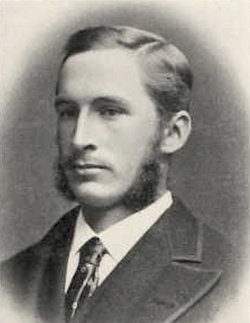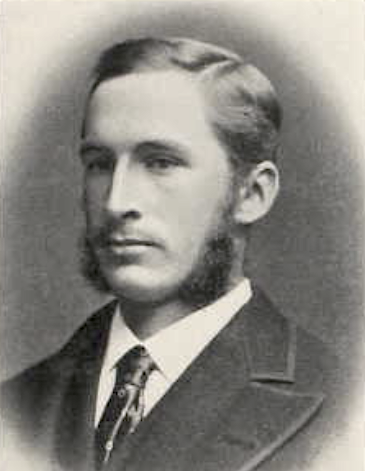Following the death of his father Charles Loring Brace in 1890, his son was invited by the trustees of the New York Children's Aid Society to take up as Secretary and Chief Executive Officer of the CAS society.
Brace Jr., known as Loring, was also a product of his times. The reforms Loring instituted in the policies and practices of the CAS were reflective of the changes in the views of society during his lifetime. The CAS was transformed from a religious institution into a professional organization run by competent, well-trained professionals. Great care was taken in placing children in foster homes, as society now considered the care and protection of children to be a priority.
Following the death of his father Charles Loring Brace in 1890, his son was invited by the trustees of the New York Children's Aid Society to take up as Secretary and Chief Executive Officer of the CAS society.
Brace Jr., known as Loring, was also a product of his times. The reforms Loring instituted in the policies and practices of the CAS were reflective of the changes in the views of society during his lifetime. The CAS was transformed from a religious institution into a professional organization run by competent, well-trained professionals. Great care was taken in placing children in foster homes, as society now considered the care and protection of children to be a priority.
Family Members
Sponsored by Ancestry
Advertisement
Records on Ancestry
Advertisement










